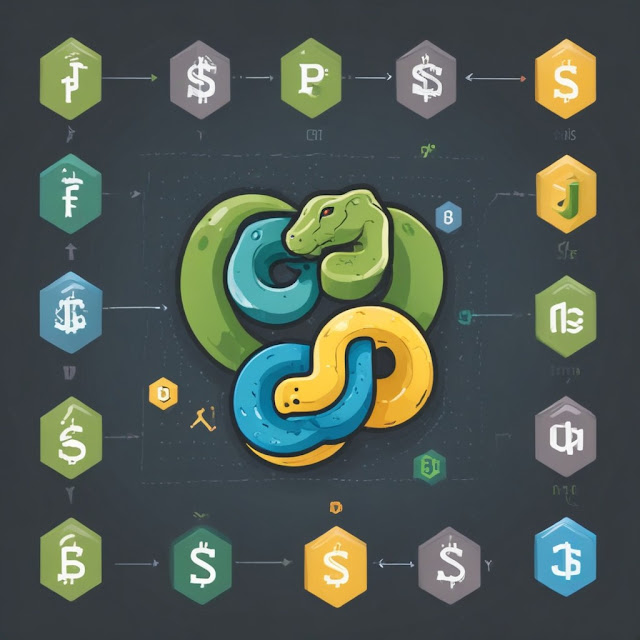var, let, and const are keywords used to declare variables in JavaScript. Each of these keywords has different characteristics and use cases:
var:varwas the original way to declare variables in JavaScript.- Variables declared with
varare function-scoped or globally scoped, but not block-scoped. - It can lead to unexpected behavior due to hoisting (variables are moved to the top of their scope during compilation).
- It is not recommended to use
varfor variable declarations in modern JavaScript.
let:letwas introduced in ES6 (ECMAScript 2015) to address the issues withvar.- Variables declared with
letare block-scoped, meaning they are only accessible within the block they are defined in. - It allows reassignment of the variable's value.
- It is the preferred choice for variable declarations when the variable's value may change.
const:constwas also introduced in ES6.- Variables declared with
constare block-scoped and cannot be reassigned after declaration. - It is used for values that are meant to be constant and not change throughout the program.
- Note that for objects and arrays declared with
const, the reference to the object or array is constant, but the properties or elements within them can still be modified.
When to use each keyword:
- Use
letwhen you need to declare a variable whose value may change. - Use
constwhen you want to declare a variable that should not be reassigned. - Avoid using
varin modern JavaScript code, and instead useletorconstfor variable declarations.
It's important to choose the appropriate keyword based on the intended use and scope of the variable to write clean and maintainable code.
Here are examples of using var, let, and const in JavaScript:
In the examples above:// Example using var function varExample() { if (true) { var message = "Hello, I am a var!"; console.log(message); // Output: Hello, I am a var! } console.log(message); // Output: Hello, I am a var! (var is function-scoped) } // Example using let function letExample() { let count = 0; if (true) { let count = 1; // This is a different variable from the one declared outside the block console.log(count); // Output: 1 } console.log(count); // Output: 0 (let is block-scoped) } // Example using const function constExample() { const PI = 3.14; // PI = 3.14159; // This will cause an error because const variables cannot be reassigned console.log(PI); // Output: 3.14 } varExample(); letExample(); constExample();
- The
varkeyword is used to declare a variablemessageinside a function, and it is accessible throughout the function. - The
letkeyword is used to declare a variablecountinside a block, and it is only accessible within that block. - The
constkeyword is used to declare a constant variablePI, and it cannot be reassigned after declaration.
These examples demonstrate the scoping and reassignment behavior of var, let, and const in JavaScript.
.png)

.jpeg)


